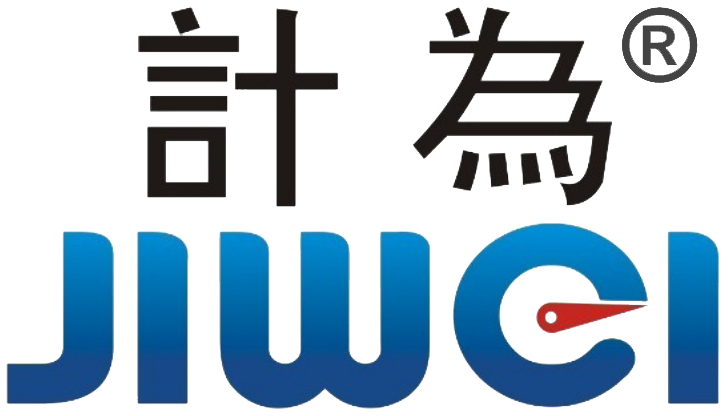HART Protocol: An Underestimated Yet Irreplaceable Technology in Industrial Automation
In the field of industrial automation, the HART (Highway Addressable Remote Transducer) protocol is a well-established yet indispensable communication technology. While many engineers may only have a basic understanding of it, HART has been adopted by millions of field instruments and automation systems worldwide since its introduction in the 1980s. It serves as a critical bridge between field devices and control systems (Bakshi, 2018; FieldComm Group, 2024).

What Industrial Challenges Does HART Address?
In the early days, industrial communication relied mainly on 4–20 mA analog current signals. Although this method is stable and reliable, it can only transmit a single process variable, making it difficult to meet the growing need for multi-variable monitoring and intelligent diagnostics in modern plants. HART solves this limitation by superimposing digital communication signals onto the existing 4–20 mA loop. This hybrid approach allows users to retrieve additional information—such as device status, diagnostics, and configuration—without disrupting the analog signal used by legacy control systems.

Proven Compatibility and Reliability
One of HART’s biggest advantages lies in its backward compatibility. Existing 4–20 mA systems can be upgraded without replacing wiring or infrastructure. This makes HART extremely cost-effective for plants looking to modernize gradually. In fact, according to a study by the FieldComm Group (2024), over 60% of smart field devices in operation today still use HART as their primary communication protocol.
Moreover, HART supports point-to-point and multidrop configurations, making it flexible for a wide range of applications—from pressure and level transmitters to actuators and analytical sensors. Its ability to coexist with analog systems while offering digital benefits is why many industries, including oil & gas, petrochemicals, water treatment, and power generation, continue to rely heavily on HART-enabled devices.

Not Just Legacy—Still Evolving
Although digital protocols like FOUNDATION Fieldbus, Profibus, and Ethernet-APL are gaining traction, HART remains highly relevant. The introduction of WirelessHART extended its capabilities, enabling secure wireless mesh networks that are particularly useful in hard-to-wire or hazardous locations.
As industrial digitalization accelerates, many HART-enabled instruments now support asset management systems (AMS), predictive maintenance, and real-time diagnostics. These features help reduce downtime, improve safety, and optimize performance.
Conclusion
While HART may not be the newest communication protocol in the rapidly evolving landscape of industrial automation, its unique combination of robustness, simplicity, and digital capability has cemented its position as a highly reliable and enduring standard. The protocol’s ability to overlay digital signals onto existing 4–20 mA analog wiring allows industries to upgrade their monitoring and control systems without the need for costly and disruptive infrastructure overhauls. This seamless integration capability is particularly valuable for engineers and plant managers who seek communication solutions that balance cutting-edge innovation with the practical realities of maintaining and extending legacy systems.
Moreover, HART’s widespread adoption across millions of devices worldwide has fostered a rich ecosystem of compatible instruments, tools, and software, ensuring long-term support and interoperability. Its built-in diagnostic features and bi-directional communication enable predictive maintenance, reducing downtime and operational costs. With the continued evolution of HART technology, including WirelessHART and HART-IP, the protocol adapts to modern industrial needs by enabling wireless networking and IP-based communications, further enhancing flexibility and scalability.
For professionals aiming to implement a communication solution that delivers both proven reliability and future-proof adaptability, HART remains a smart and strategic choice, embodying decades of practical experience and ongoing technological advancement.
References
Bakshi, G. (2018). Back to the Basics: What Is HART Protocol and How Does It Work? Texas Instruments.
FieldComm Group. (2024). HART Technology Explained. Retrieved from https://fieldcommgroup.org/hart-technology
Petersen, S., & Carlsen, S. (2009). Performance evaluation of WirelessHART for factory automation. SINTEF ICT. https://doi.org/10.1007/s10846-009-9361-4
WirelessHART networks boast 99%+ reliability. (2009). Petersen & Carlsen, Performance evaluation of WirelessHART for factory automation.
